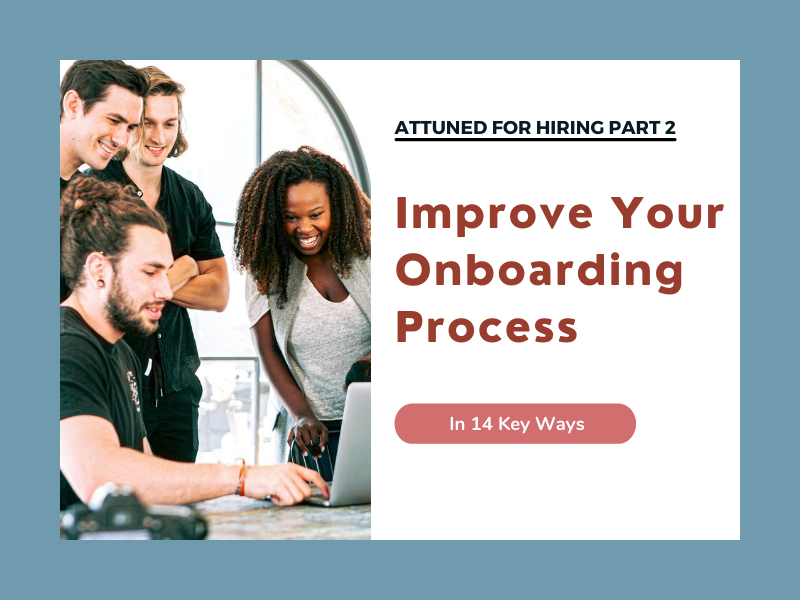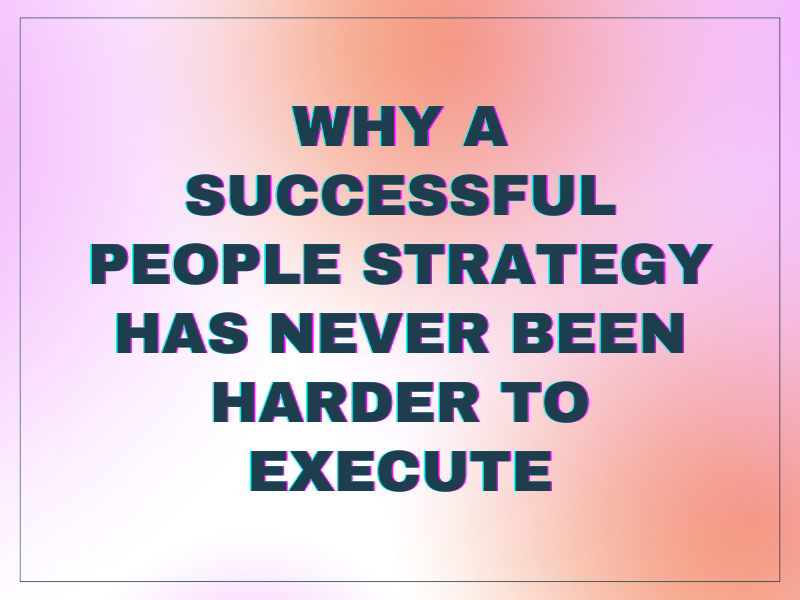Attracting the right person for your organization, navigating the interview process together, and deciding to give (or accept) a job offer is—let’s face it—a lot of work.

When done well, recruitment is a collaborative process across several teams within an organization. It is also a life-altering decision for the person changing their job, culminating in a final leap of faith for everyone involved.
Once the offer letter is signed, it can be tempting to put your feet up on your desk and relax, knowing your work here is done.
But wait—there’s more!
Immediately after recruitment comes onboarding, which includes everything you do to prepare your new team member for their start date and then get them up to speed once they join. Some companies have a detailed onboarding experience that lasts for months, while others focus most of their attention on the first few days.
Whether you are designing a new onboarding program or updating a system that already exists, it helps to break the onboarding process down into a few stages. Doing so is useful for planning and ensures everyone is on the same page about what to expect. That sense of alignment is critical for achieving a sense of person-organization fit and helping your hire thrive in their new work environment as smoothly as possible.
Here are some ideas for the first few stages of an onboarding process:









